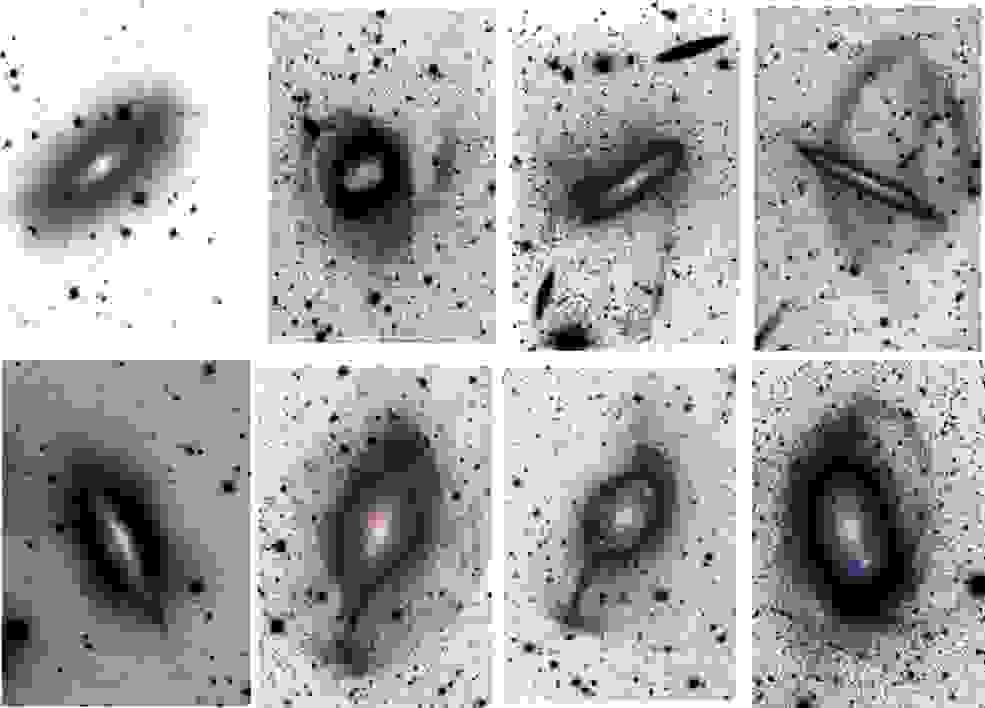ACADEMIA
NASA's Roman mission prepares to handle a massive amount of data in the future

The Nancy Grace Roman Space Telescope (Roman) team is preparing for the deluge of data the mission will return by creating simulations, scouting the skies with other telescopes, calibrating Roman’s components, and more. Simulations will be used to test algorithms, estimate Roman’s scientific return, and fine-tune observing strategies so that the most can be learned about the universe. Roman will also identify interesting targets that observatories such as NASA’s James Webb Space Telescope can zoom in on for more detailed studies. 
As part of a mission to uncover the mysteries of dark energy, scientists from around the world will work together to maximize the potential of the Roman telescope. The mission is expected to launch by May 2027. To ensure that scientists are equipped with the necessary tools, various teams, and individuals will contribute their efforts to the cause. Julie McEnery, the senior project scientist at NASA’s Goddard Space Flight Center in Greenbelt, Maryland, said that they are laying a foundation by harnessing the science community at large. The goal is to perform powerful scientific research right from the start. The simulation plays a vital role in the preparation phase. Scientists can use it to test algorithms, estimate Roman’s scientific returns, and fine-tune observation strategies.
The teams will sprinkle different cosmic phenomena through a simulated dataset and then run machine learning algorithms to see how well they can automatically find the phenomena. Given Roman’s enormous data collection rate, identifying underlying patterns quickly and efficiently will be crucial. During its five-year primary mission, the Roman telescope is expected to amass 20,000 terabytes (20 petabytes) of observations containing trillions of individual measurements of stars and galaxies.
Preparing for the launch of the Roman Space Telescope is a complex process, as every observation made by the telescope will be used by multiple teams for different scientific purposes. Scientists will carry out preliminary observations using other telescopes such as the Hubble Space Telescope, the Keck Observatory, and PRIME. These observations will help to optimize Roman’s observations and better understand the data the mission will deliver.
Astronomers will explore ways to combine data from different observatories and use multiple telescopes in tandem. For instance, combining observations from PRIME and Roman would help astronomers learn more about objects found via warped space-time. Roman scientists will also use archived Hubble data to learn about the history of cosmic objects and identify interesting targets that telescopes such as the James Webb Space Telescope can study in detail.
Planning for each Roman science case will take many teams working in parallel. Scientists will need to consider all the things needed to study a particular object, such as algorithms for dim objects, ways to measure star positions precisely, understanding detector effects, and developing effective strategies to image stellar streams.
One team is developing processing and analysis software for Roman’s Coronagraph Instrument, which will unveil several cutting-edge technologies that could help astronomers directly image planets beyond our solar system. They will simulate different objects and planetary systems the Coronagraph could unveil, from dusty disks surrounding stars to old, cold worlds similar to Jupiter.
The mission’s science centers are getting ready to manage Roman’s data pipeline and establish systems for planning and executing observations. They will convene a survey definition team to determine Roman’s optimal observation plans in detail based on all the preparatory information generated by scientists and the interests of the broader astronomical community.
The team is excited to set the stage for Roman and ensure that each of its future observations will contribute to a wealth of scientific discoveries.
